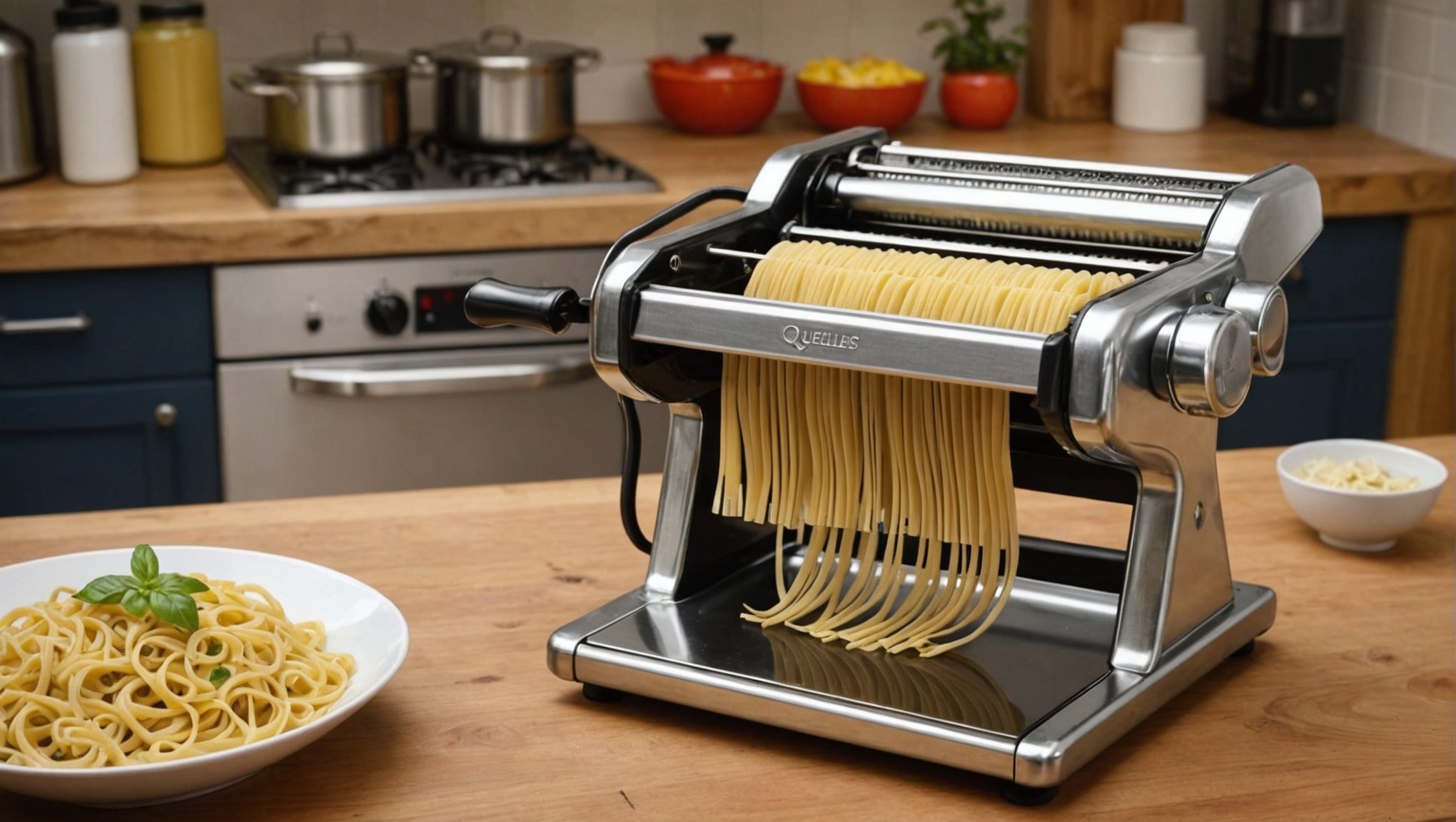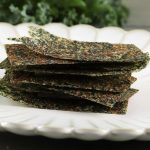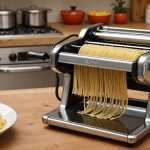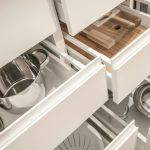Making homemade pasta can be a gastronomical adventure, a passion project, or a delightful pastime. Whatever the reason, a pasta maker is an essential tool in this endeavor. With numerous brands and models available in the market, it can be quite perplexing to select a pasta maker that perfectly fits your requirements. In this article, we will guide you through the key features that you should look for while buying a pasta maker for homemade noodles.
Quality and Durability
When investing in a pasta maker, the first and foremost feature to look for is the quality and durability. You might be tempted to go for the cheapest option, but remember that a pasta maker is a long-term investment. Therefore, it is crucial to consider the build quality and the materials used.
Also to discover : How to choose the right size fridge for a large UK family?
Stainless steel pasta makers are often considered the best. They are sturdy, rust-resistant, and can last for years if properly maintained. Meanwhile, the models made of chrome-plated steel are also a good choice as they are durable and easy to clean.
One more aspect to consider under this category is the warranty period. A longer warranty period often indicates a better quality product as the manufacturer is confident about its longevity.
This might interest you : How to choose the right size fridge for a large UK family?
Versatility
Another important feature to consider while buying a pasta maker is its versatility. A versatile pasta maker offers various thickness settings and can produce different types of pasta like spaghetti, fettuccine, lasagna, ravioli, and more.
It is beneficial to have a pasta maker with adjustable thickness settings as it allows you to customize the thickness of your pasta, from a thin angel hair to a thick pappardelle.
Even if you only plan on making a specific type of pasta now, having the capability to make other types can be a plus point in the future.
Ease of Use and Cleaning
When it comes to kitchen appliances, ease of use and cleaning are always top considerations. You wouldn’t want to spend hours figuring out how to operate the pasta maker, nor would you want to struggle with cleaning it afterward.
Look for a pasta maker that has clear instructions for both operation and maintenance. Some models even come with an instruction DVD or online tutorial videos, which can be very helpful, especially for beginners.
As for cleaning, some pasta makers are dishwasher safe, while others need to be wiped clean. Make sure you check the cleaning instructions before purchasing the product.
Motorization and Speed
While manual pasta makers are great for those who want to experience the traditional way of making pasta, they can be quite labor-intensive and time-consuming.
If you’re planning on making pasta frequently or in large quantities, a pasta maker with motorization might be a better option. These machines make the pasta-making process quicker and easier at the expense of a higher price tag.
When considering speed, look at the motor’s power and the machine’s capacity. A higher-powered motor can produce pasta more quickly, which can be a significant advantage when cooking for a large group.
Customer Reviews and Ratings
Last but not least, don’t forget to check customer reviews and ratings. These provide real-life experiences and insights about the product that manufacturers’ descriptions often fail to mention.
Look for reviews that mention the product’s durability, performance, and overall value for money. Also, pay attention to any recurring complaints or issues as this could indicate a potential problem with the product.
In conclusion, choosing the right pasta maker for homemade noodles depends on your specific needs and preferences. By considering the quality, versatility, ease of use and cleaning, motorization and speed, and customer reviews and ratings, you can find a pasta maker that will not only meet but exceed your pasta-making expectations. Happy pasta-making!
Compatibility with Stand Mixers
When delving into the world of homemade pasta, a prime feature to consider is the compatibility of your pasta maker with a stand mixer. For those who already own a stand mixer, purchasing a pasta attachment can be a cost-effective and space-saving alternative to buying a standalone pasta machine. These attachments work by harnessing the power of the stand mixer to roll and cut the pasta dough, reducing the manual work and time needed compared to using a pasta roller.
If you prefer a hands-on approach and don’t mind the extra work, a manual pasta maker will do just fine. However, if you want a more automated process, then checking if your current stand mixer has pasta attachments available is a good starting point. Brands like Marcato Atlas and Kitchenaid offer pasta attachments that are compatible with their stand mixers, allowing you to roll and cut your pasta dough effortlessly.
These attachments come in different types and sizes, giving you the ability to create a variety of pasta shapes. Whether you want to make spaghetti, fettuccine, or even your own ravioli, there’s a pasta attachment for that. However, it’s vital to note that these attachments are brand-specific and may not be compatible with all stand mixers.
Making and Drying Your Pasta
Once you’ve made a decision on the best pasta maker, it’s time to get into the nitty-gritty of pasta making. A crucial part of the process is the making of the pasta dough and its subsequent drying.
The base of any good pasta dough is high-quality semolina flour combined with eggs, water, and olive oil. Russell Kilgore, a renowned chef, recommends resting the dough for at least 30 minutes before rolling it out to relax the gluten and make the dough easier to handle.
After rolling your pasta dough, it’s crucial to let it dry before cooking. This helps the pasta hold its shape when boiled. A pasta drying rack is a useful tool for this. Amazon view provides a variety of pasta drying racks that you can choose from. They are a practical and space-efficient way of drying your fresh pasta.
In conclusion, shopping for a pasta maker for your homemade noodles is a process that requires keen attention to detail. You need to factor in the quality and durability, versatility, ease of use and cleaning, speed and motorization, compatibility with a stand mixer, and the pasta making and drying process. While it may seem like a daunting task, the reward is the ability to make delicious, fresh pasta in the comfort of your own home. So, roll up your sleeves, dust off your counter with some semolina flour, and get ready for an exceptional pasta-making adventure.






